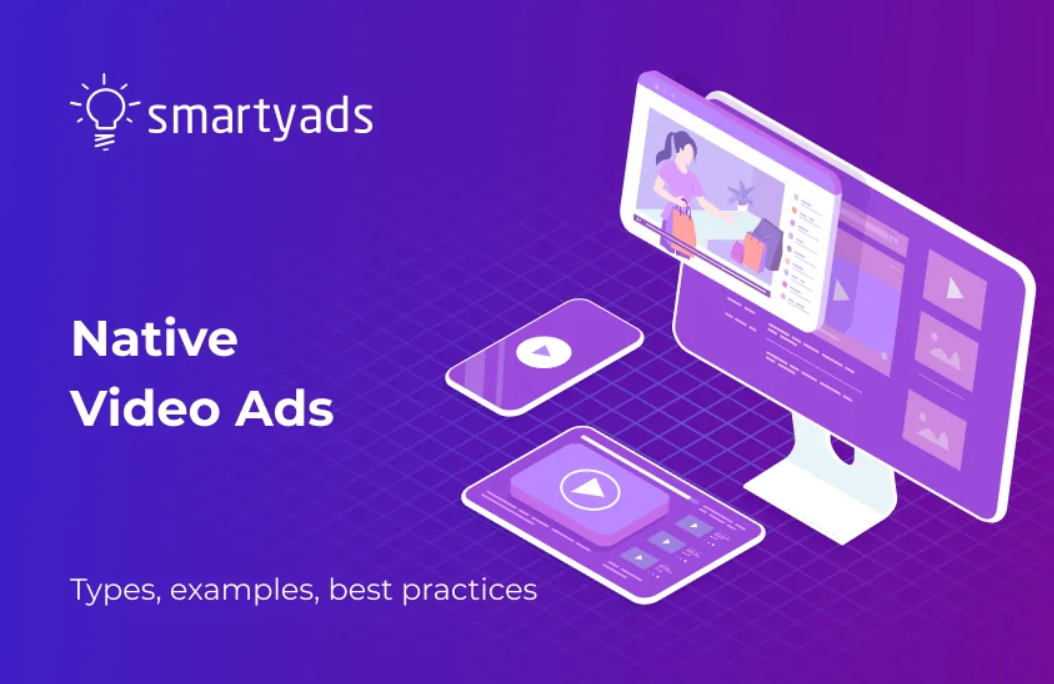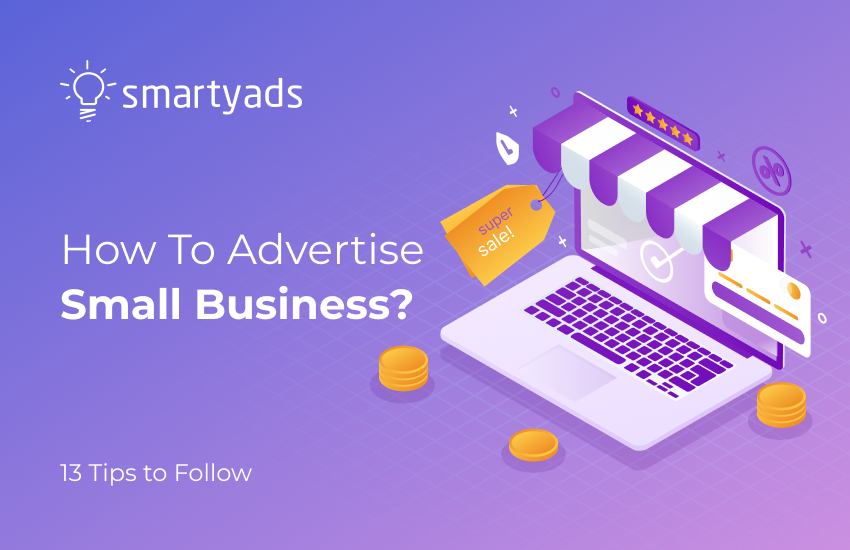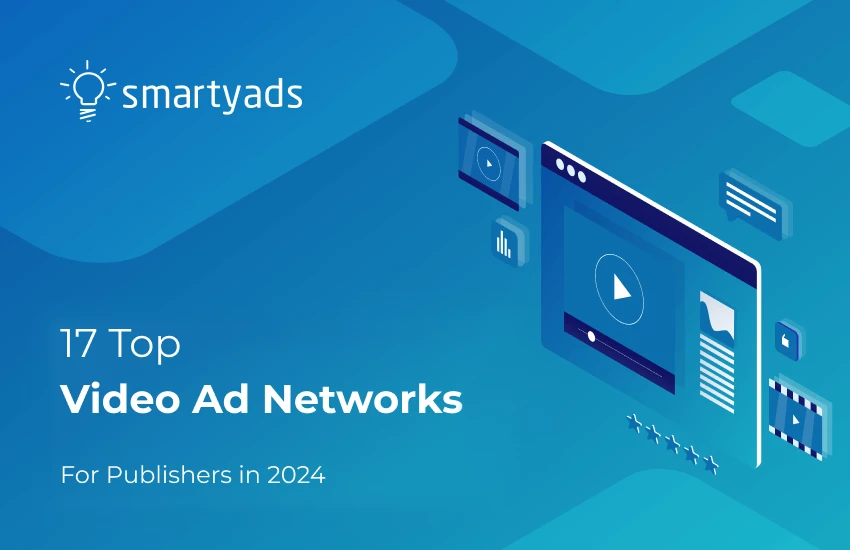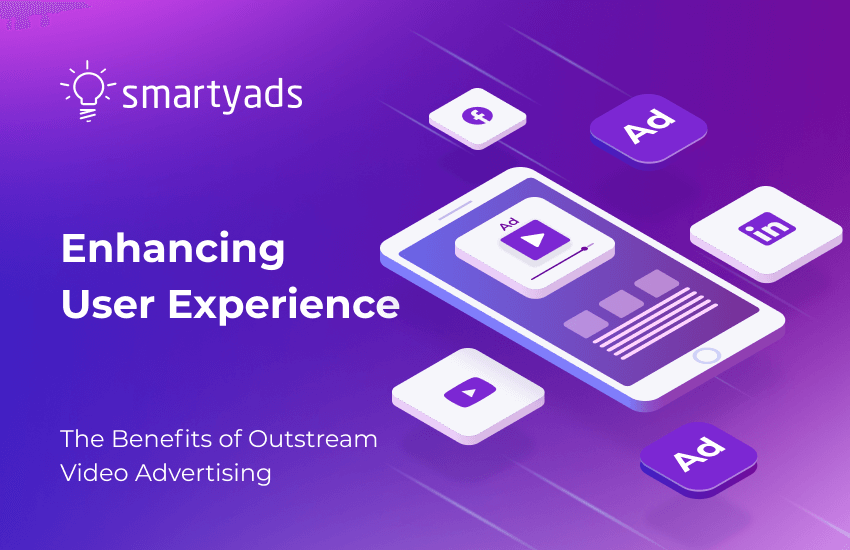Native video advertising has become increasingly popular in recent years as advertisers look for new and engaging ways to reach their target audience.
Native video advertising is particularly popular on mobile devices, where Internet users are more likely to engage with video content.
Overall, the popularity of native video advertising is expected to continue growing as more advertisers recognize the benefits of this format and as consumer preferences continue to shift toward video content. So let's dive deeper.
What is Native Video Advertising?
Native advertising refers to a form of advertising that blends in with the surrounding content so that it appears to be a natural part of the user's experience.
The content of native ads is designed to match the form and function of the platform or website where it appears and is often labeled as sponsored content.
Native advertising can take many forms, including articles, videos, social media posts, and static images; they are far less intrusive than traditional advertising methods.
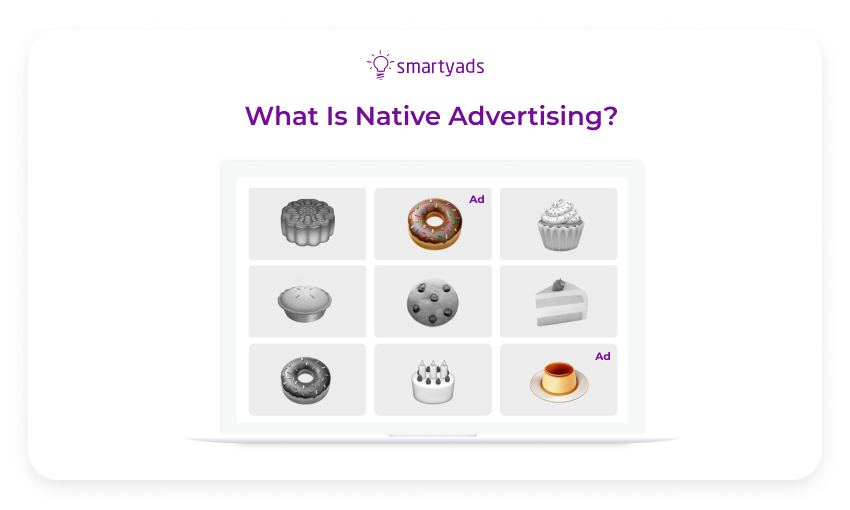
The main purpose of native ads
The goal of native advertising is to provide a seamless, non-disruptive experience for the users while also delivering a message from the advertiser.
Native video ads, as the most popular ad formats consumed by social media users, are often used by advertisers who involve social media platforms in their promotion strategies.
In fact, video advertising and highly targeted native ads are a part of every robust marketing strategy these days. The number of video views grows on every medium as subscriptions surge.
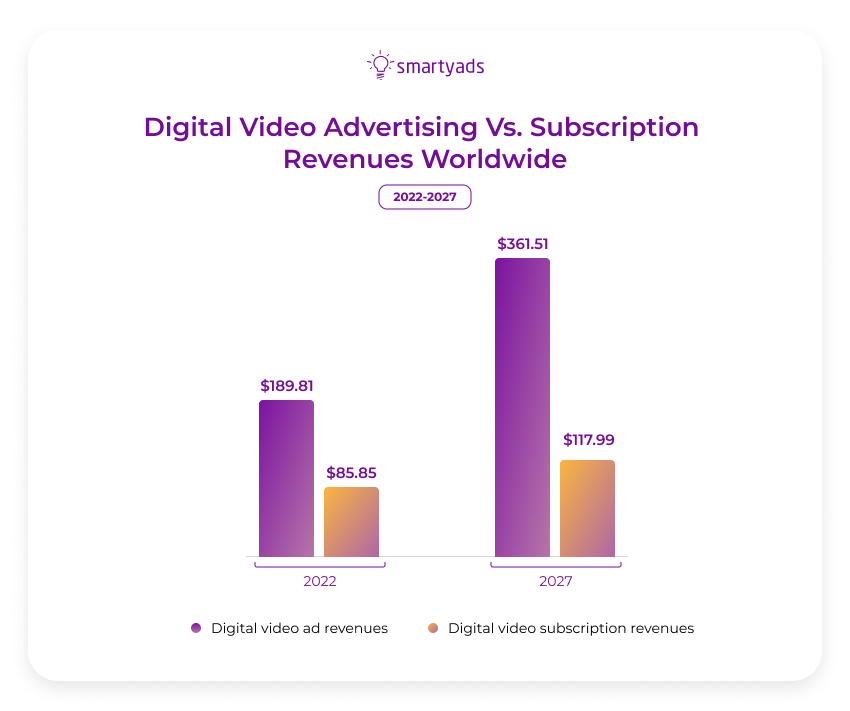
Meanwhile, the effectiveness of finely targeted native ads is hard to underestimate:
- Native ads receive 53% more views from customers compared to display ads. This is attributed to the less intrusive nature of native ads, which allows them to convey the brand message effectively;
- 32% of respondents affirmed that they would share native ads with their friends or family. This proves that this type of ad brings more engagement;
- The click-through rate (CTR) for native ads is 0.16% on desktop and 0.38% on mobile, a significant improvement compared to the 0.11% CTR for traditional banner ads;
- A native unit as a video ad can generate 30% more video play clicks.
Stats Advertisers Need To Know About Native Video
According to a survey by eMarketer, native video advertising accounted for over 56% of all US digital video ad spending in 2022. Also, native display spending will grow 12% year-over-year in 2023.
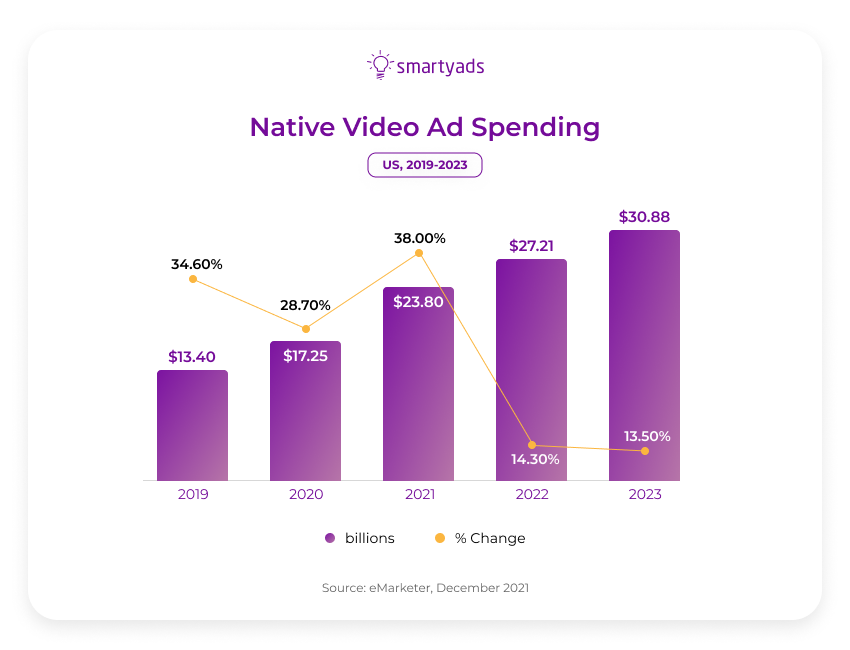
Native Ads as Videos: What Types are Here?
Native video advertising comes in different ad formats. Still, the most popular are pre-roll video ads, in-feed video ads, Facebook native videos, in-article ads, in-game ads, and outstream ads.
Pre-roll video ads
Those are short videos that typically appear in the middle of video consumption on YouTube. Those short YouTube commercials can appear at the beginning (pre-roll ads), in the middle (mid-roll), and at the end of the video. Avoid pre-roll ads that last more than 10 seconds. Also, make sure they have a close button.
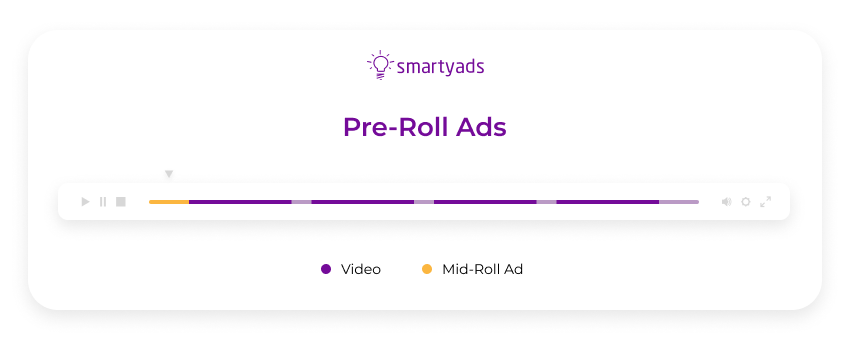
In-feed video ads
Those are commercial videos played in-feed. They appear directly in the feed of social platforms.
Those native ads are found on Facebook pages and promoted videos on Twitter. Often they appear in front of Instagram users. In-feed videos are designed to blend in with the surrounding content and appear as a natural part of the user's feed.
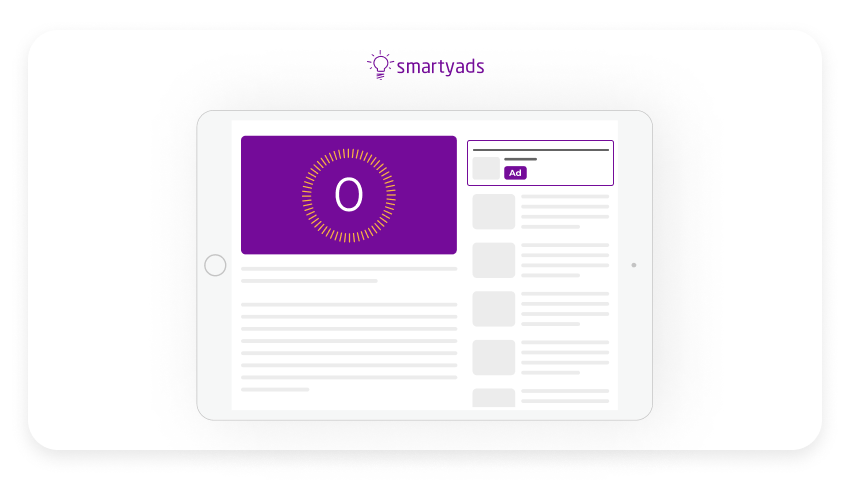
Example of the YouTube search ads you can see below:
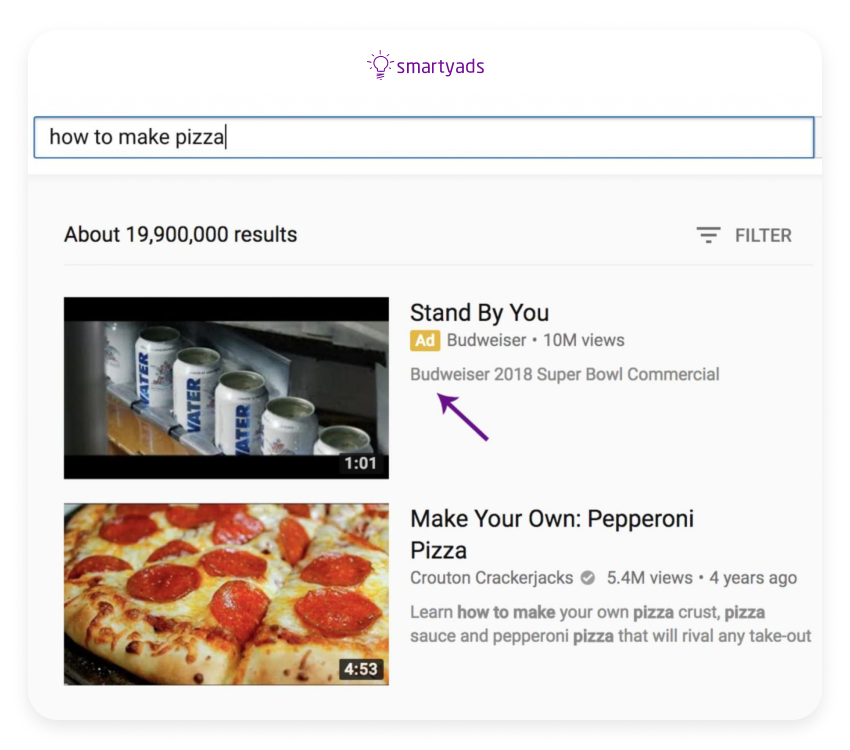
Facebook native video
The peculiarity of Facebook native videos is that they can last up to 240 minutes and be played automatically in a user's news feed or on a dedicated video tab.
Facebook native videos can also be shared, commented on, and liked by viewers and boosted with advertising to increase reach and engagement.
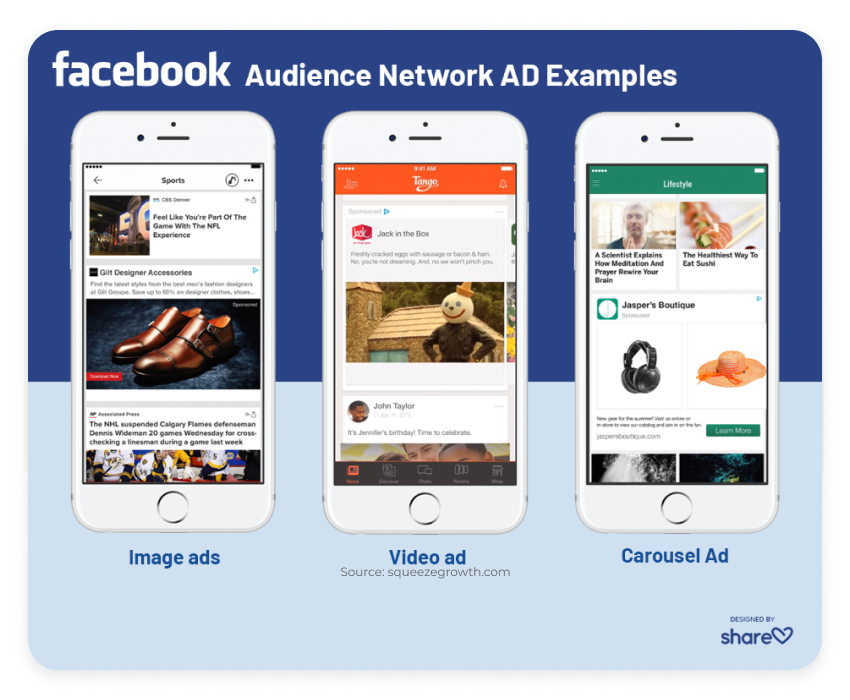
In-article ads
These videos are originally published within the body of an article or blog post, typically as sponsored material that's incorporated into existing content.
They are designed to be relevant to the article's topic and provide the reader with additional information or entertainment value.
In-game ads
These are videos that appear within a mobile game or app but not on other platforms. They are designed to be non-intrusive and engaging and are often used to promote other games or products (rewarded ads). As practice shows, users prefer rewarded video ads over in-app purchases. Also, read more about video game advertising to discover the most trending formats.
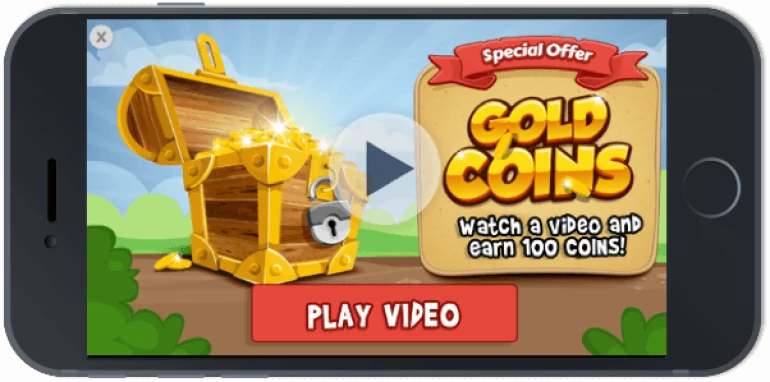
The other example is a playable ad — users just click to play and get rewards for ad-watching. In such units, brands normally involve external links that lead users to the landing page upon click.
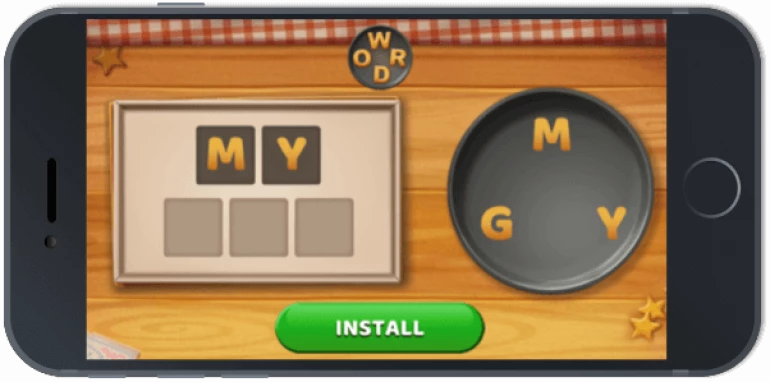
Outstream ads
These are native ad videos that are displayed outside of a video player, typically in between paragraphs of text or in a pop-up window.
They are designed to be highly visible and engaging to build brand awareness and attract the desired audience for brands. They can promote various products while serving compelling content and driving more engagement.
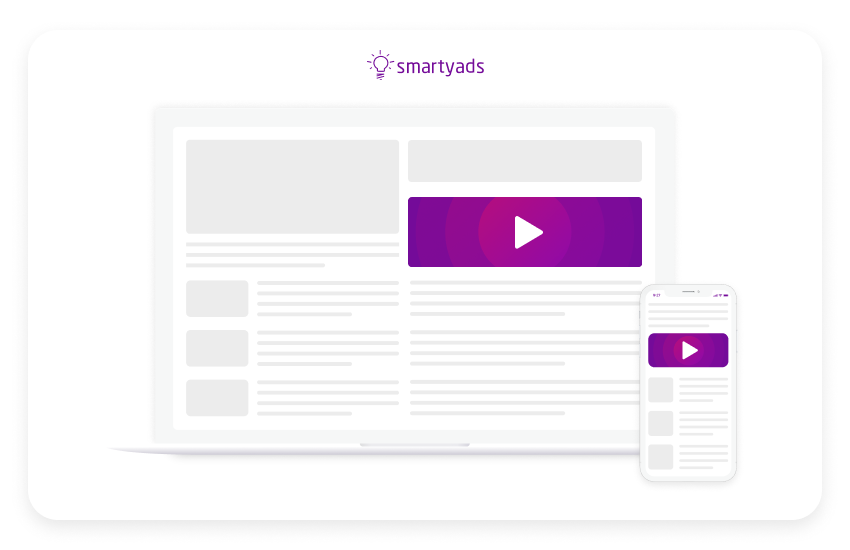
Native Video Ads vs. Pre-roll Ads
Native video advertising is designed to blend with the content to appear more like a natural part of the user's experience.
These digital advertising units may appear as sponsored content within a social media feed, as a promoted article on a website, or as separate videos that integrate with other content.
Pre-roll ads, on the other hand, are video ads that play before the user can access the content they want to watch.
For example, if a user wants to watch a video on YouTube, they may have to watch a short advertisement before the video starts.
Another difference between the two types of ads is the level of control the viewer has over their experience. With pre-roll ads, the viewer cannot skip the advertisement and must watch it entirely before accessing the content they want to see.
With native video ads, however, the viewer can choose whether or not to engage with the content and can scroll past it if they are not interested. So they have more control.
Overall, while both native video ads and pre-roll ads are effective ways to reach audiences with video, they differ in how they are presented and how much control the viewer has over their experience. However, if you strive to get a brand lift, native videos can be more effective, according to some studies.
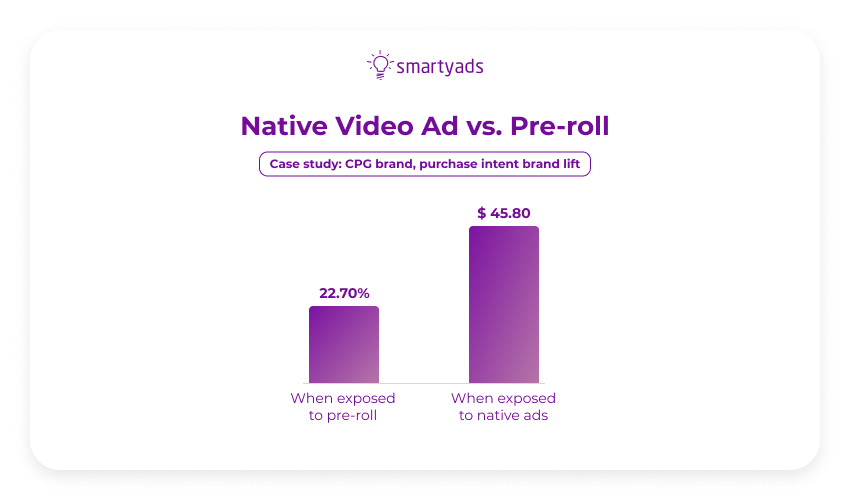
Why Use Native Videos Ads?
Why do brands use native video ads so often? Let's try to find out. Then, let's review some advertising examples.
They get better reach
Native video ads can have better reach compared to traditional pre-roll ads or banner ads because they are designed to blend in with the content around them and appear more like a natural part of the user's experience.
Additionally, native video advertising can be distributed across different platforms, such as social media networks, websites, and mobile apps, allowing advertisers to reach a wider audience.
Native video campaigns can target specific demographics, interests, and behaviors.
They grab attention
Native ads, particularly video campaigns, often target specific demographics, interests, and behaviors, making them more relevant to the viewer. Thanks to this, a native ad is more likely to be noticed and engaged with.
They generate better engagement
Native videos are more engaging and less intrusive, leading to higher click-through rates and longer viewing times.
Studies have shown that native video ads can be more effective than traditional ads in terms of engagement and brand recall.
For example, a study by Sharethrough and Nielsen found that native video ads were more likely to be viewed to completion than pre-roll ads and were associated with higher brand lift and purchase intent.
3 Best Examples of Native Video Ads You Need To See
Here are some native video ad examples that effectively highlight branded messages.
A great example of a native video ad is a Taco Bell — "Belluminati" Campaign: this campaign used a humorous, conspiracy-theory style video to promote Taco Bell's new $1 menu items.
The second native video campaign is BuzzFeed — Tasty Videos: these popular recipe videos on social media are actually native video ads sponsored by brands like Kraft, Coca-Cola, and Nestle.
Netflix — "Narcos" Promotion on Snapchat: Netflix used Snapchat's vertical video format to create a short, immersive ad experience that promoted the second season of their hit show "Narcos".
Check out more native video advertising examples.
The Anatomy of Great Native Videos
Creating a great native video ad requires a combination of creativity, strategy, and execution. Here are some tips to help you create a successful native video ad:
- Know your audience. Before creating a native video ad, it's important to understand your audience and what types of content they are interested in. This will help you create a video that resonates with your audience and is more likely to be shared and engaged with on social media;
- Keep the video short and sweet. Native video ads should be short and to the point, typically no longer than a minute or two. This is especially important on social media platforms, where attention spans are shorter;
- Make the video visually appealing. Native video ads should be visually engaging, with high-quality images, graphics, and animations. Watch for native advertising news and trends to create eye-catching visuals. As well, keep an eye on mobile native ad trends;
- Tell a story. Native advertising units should tell a story that connects with online users on an emotional level. This could be through humor, drama, or inspiration;
- Optimize the video for mobile. Native ads should be optimized for mobile gadgets, with vertical or square aspect ratios and subtitles for viewers who watch with the sound off;
- Include a call-to-action. Make sure to include a clear call-to-action at the end of your native video ad, whether it's to visit your website, download an app, or make a purchase;
- Choose the right targeting and channel ad messages only to the relevant audiences with programmatic native capabilities.
By following these tips, you can create a great native video ad that effectively reaches your audience and drives results for your brand.
Look at Native Video Ads as a Way of Providing Value to Users
The best practices of native video advertising say that you should value the attention of web users and the viewer's experience to increase ad recall after watching the video post.
Looking at native video ads as a way of providing value to users means that brands are shifting their focus from simply promoting their products or services to creating native video content that is useful, informative, or entertaining to their target audience.
By creating native video ads that provide value to users, brands can build a stronger relationship with their audience and establish themselves as a trusted source of information or entertainment.
To Sum Up
Native video advertising examples show us how immersive a native campaign can be if it appeals to audiences correctly.
Native videos typically receive higher click-through rates and longer viewing times than non-native video ads or irritating pop-ups.
Brands can consider launching highly targeted native video ad campaigns with programmatic advertising in order to achieve their marketing objectives, such as increasing brand awareness and engagement, showcasing their products or services, promoting events or announcements, and increasing conversions.
